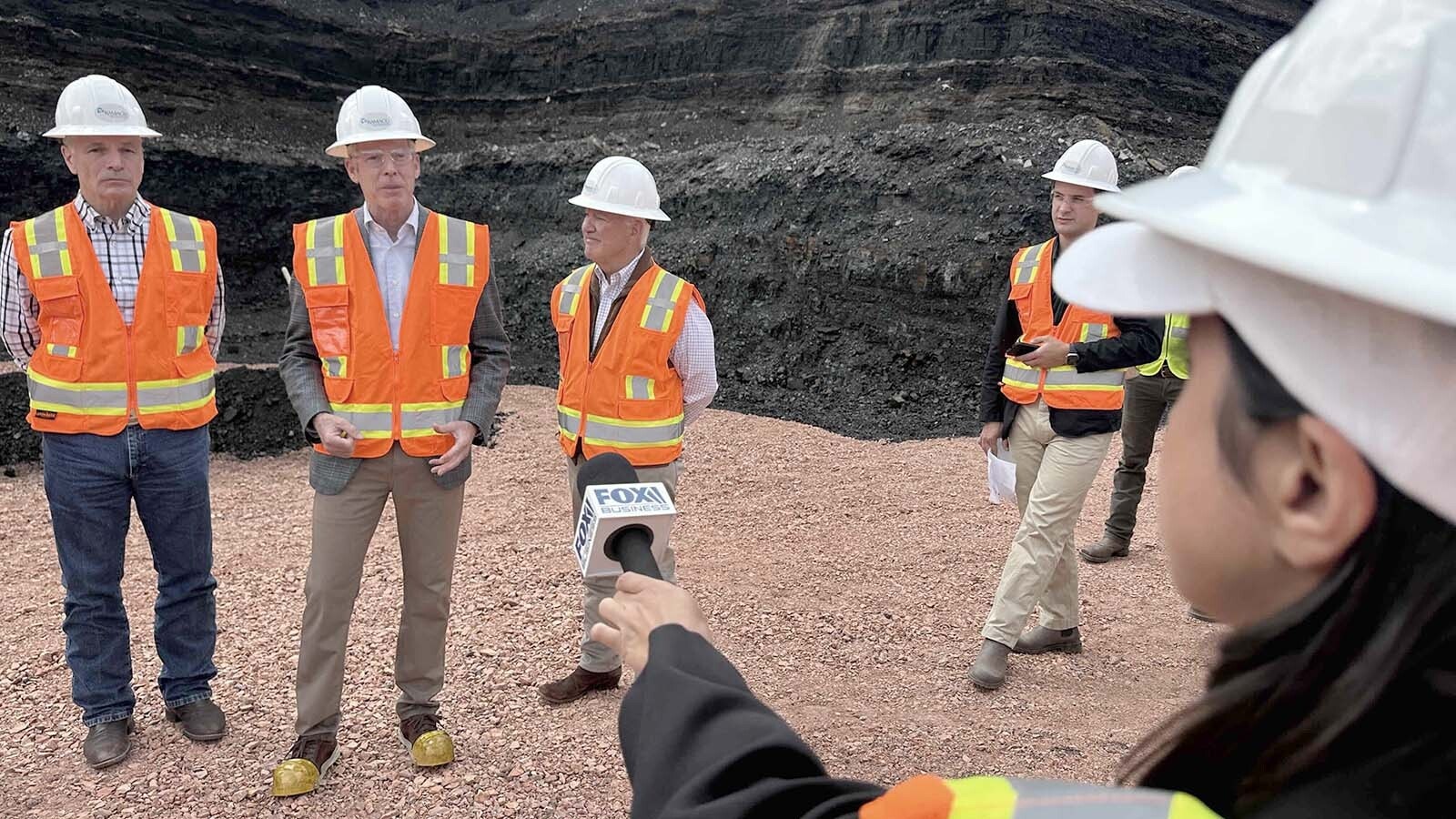There’s a joke about why it’s so windy in Wyoming that postulates Colorado creates a vacuum to draw that wind across the state.
In reality, Wyoming’s southern neighbor doesn’t have much to do with the winds, including this past weekend when gusts reaching as high as 111 mph tossed a number of semitrailers and high-profile vehicles off state highways.
While the wind can whip a 2-ton trailer off the road, wind energy towers, which weigh more than 150 tons each, manage to withstand the fiercest winds — with rare exceptions.
One such exception happened in March 2009 at the Foote Creek wind project in Carbon County. A turbine lost electrical power and hydraulic systems. When that happens on older turbines, the blades can’t pitch into the wind. The winds then weren’t particularly high, but the pressure on the blades caused one blade to break off and damage the other two.
No one was hurt in the incident.
From Cut-In To Shut Down
The wind resource in southern Wyoming is solid, and it’s attracted more than 3,000 megawatts of installed wind capacity.
Wind is highly variable, which means if there’s a good wind resource, you end up with some extremely windy days, which doesn’t translate to extreme electricity production.
Turbines require a certain amount of wind velocity before they produce any power at all, which is called their cut-in speed. It varies somewhat depending on the turbine, but it’s usually between 6 and 9 mph.
Then, as wind speed increases, the turbine eventually hits what’s called its rated speed, which is the point where increased wind speeds don’t produce more power. Typically, that’s about 30 mph.
Then there’s the cut-out speed, which is the point where the operator of the wind farm needs to take action to prevent damage to the turbine or create a safety issue. That’s around 55 mph.
Jonathan Naughton, director of the Wind Energy Research Center at the University of Wyoming, said there are turbines that can handle speeds as high as 70 mph, but typically 55 mph is the cut-out speed for most.
“They will actually shut down because the loads get too high,” Naughton said of the higher wind speeds.
The blades reduce their surface area by feathering, which is where the blades rotate so they’re angling into the wind as they spin on the turbine’s rotor. That’s what failed to happen at Foote Creek in 2009.
Much of these operations are automatic.
David Eskelsen, company spokesperson for Rocky Mountain Power and PacifiCorp, said turbines are computer controlled and will automatically adjust as conditions require.
“The software has automatic protections programmed to ensure safe operation in all hours and in all weather conditions,” Eskelsen said.
Safe Operation
These wind speeds aren’t surface winds, which can be different from what’s up at the turbine’s rotor height.
“Winds are generally more erratic at ground level because there’s more things in the way,” said Kara Choquette, a spokesperson for Power Company of Wyoming.
It’s a lot like the way water flows in a river, Choquette explained, where rocks and other things disrupt the flow. So, up at the height of the rotor, wind tends to be steadier.
Wind developers plan their towers for the extremes of Wyoming wind, Choquette said, adding they gather a lot of data on a project area during the planning of a wind farm.
Nothing’s Fool-Proof
During the planning for the Chokecherry and Sierra Madre Wind Energy projects, which are under construction, Power Company of Wyoming put up meteorological (MET) towers throughout the project area. Especially with a project of its size — 3,000 megawatts — the wind conditions can vary from one part of the project area to another.
Power Company of Wyoming began gathering data for the project in 2007, and so the company has a range of data over many years about what kinds of winds the turbines at the site will encounter.
“We had, at one point, 32 MET towers across the site,” Choquette said.
There’s no such thing as a zero-risk plan. As Naughton put it, you can plan for a 100-year flood, but you probably won’t plan for a 1,000-year flood.





